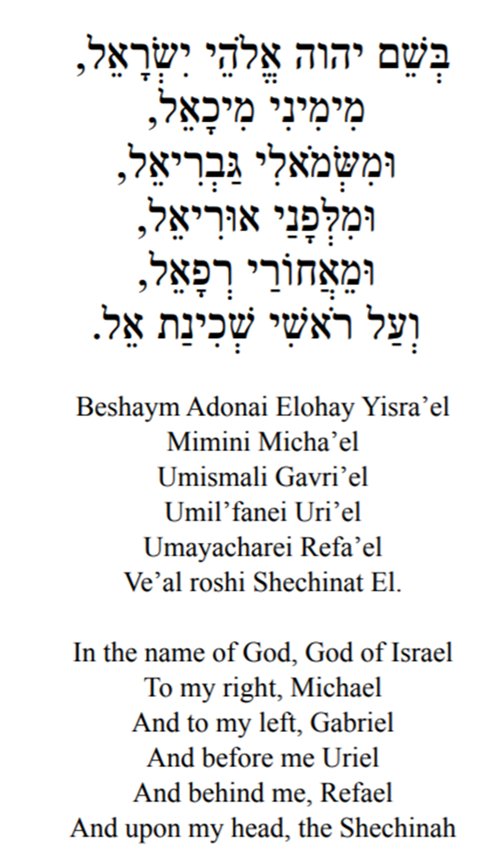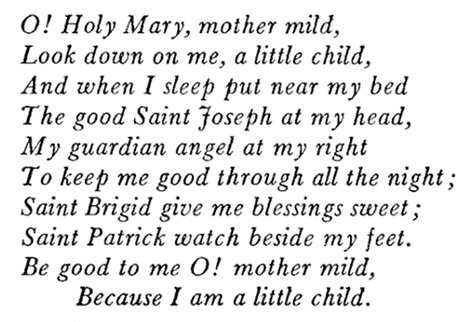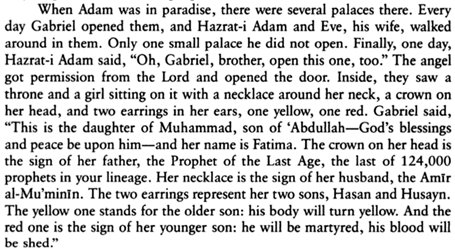While I'm no expert, the essence of 'polytheism' for me is that we see multiplicity intrinsic to the very concept of "god". And against this simple criterion, the way the Hindu mind has seen plurality in the divine can only be described as insanely complex & beautiful.
https://twitter.com/EPButler/status/897937323672780800
2. Others may point out some other "underlying unity" (nirguNabrahman, puruSa-prakRti as in sAMkhyA, etc).
Yet, none of this metaphysical speculations have prevented the natural inclination of the Hindu mind to conceptualize & celebrate the diversity in the divine.
Yet, none of this metaphysical speculations have prevented the natural inclination of the Hindu mind to conceptualize & celebrate the diversity in the divine.
The deva would have a patnI & a parivAra including dvArapAlas, vAhana & nirmAlyadevata (deva in charge of nirmAlya: the remnants of offerings made to the main deva).
Each of them would have a mantra in a format similar to that of the main deva, indicating that even in a complex hierarchy, we are clearly discussing entities belonging to a "similar plane". This applies not only to the highest class of a pantheon but across the board.
So, within the shaiva pantheon, from shiva (the highest entity) & shakti, to the highest overlords of the shaiva pantheon (the vidyeshvaras, etc) to the bhUtagaNas, we know internally that all of these are "divine" (i.e. belong to the same class)
This intrinsic desire to see multiplicity in front of us is so powerful, so moving that it did not spare even the abrahamisms.
See this classical prayer of the yahudas; the format reminds you of a kavaca, doesn't it? 😀Why not simply ask for yahweh/hashem/elohim (their "God") to be on all sides? Why include the names of angels? There is an intrinsic beauty to diversity; a certain completeness. 

This is but one of many examples of how the yahudas adopted such prayers. Similar strands can be found in the pretamata as well. This is an example from Irish Catholicism: 

My personal favorite (In certain strands of the shia branch of the marUnmatta, fatima (mohamatta's daughter and ali's wife) was visualized as a celestial, pre-existing primordial being with ali as her necklace and her two children as her earrings. 

Just one version wasn't good though. A narrative implying a "divine" multiplicity of some sort (while spouting "No god but Allah" BS) was insufficient. There had to be multiple versions of the narrative itself; just like good ol' polytheists ought to do. Here's a variant: 

I could give dozens of other examples. But this will suffice. The abrahamics, of course, could never attain the level of beauty of our own polytheism (yes, this descriptor is good). They had been devoured by a dull, primitive, empty, lifeless & very ugly form of religion.
So, to go back to the original post which inspired this thread; yes, we are polytheists. Our dharma may not be the same as hellenic, other European, semitic, African, East Asian and other world polytheisms.
Indeed, we are unique. Our dharma is unique. But that is not because we are not polytheists like the "others" but perhaps because we ended up doing polytheism on a scale grander, intimidating, sublimer & more beautiful than anyone else, beyond the wildest of our own imagination.
It is delightful to see monotheists get riled up. The monotheist is intrinsically ashamed of the emptiness & dullness intrinsic to the very fundamental premise of monotheism. It is clearly unnatural.
It is Protestantism (rather broad term I know; particularly in reference to the Lutheran, Anglican & Calvinist strains) that has succeeded in extracting a purest form of monotheism & one can see the general state of religion in countries where those strains "used" to predominate.
Churches being rapidly deconsecrated & secularized & a complete death of inheritance of these strains from one's parents (Vertical transmission) & the consequent disappearance of even the minimum observances (Sunday church).
@shrikanth_krish 1. American Protestantism’s crucial role in the racial politics of both pre & post-civil war eras. Rather than some well-thought out set of doctrines or theology, it simply acts as a tool to preserve the “good ol’ values” of the Bible Belt. ++
@shrikanth_krish 2. I identified the particular three strands (Lutheran, Calvinist, Anglican) for a reason. I deliberately excluded the following strands from that list: Evangelicalism & Pentecostal-charismatic movement. The latter has been exported to certain African countries like Nigeria & TN+
@shrikanth_krish +and doing pretty well. I should have mentioned that I am specifically discussing “American Evangelicalism”. It is a rather diverse phenomenon.
The kabbalah, based on my own studies, is definitely a highly sophisticated & profound system (google "sefirot, ein sof, atzmus" & see if you can spot parallels). One may wonder what on earth helped transmute a crass desert lunacy into a refined system. The answer is obvious, no?
When I first read the kabbalah/zohar texts, I was struck by its parallels with vedAnta. I am obviously not the 1st to note various parallels Kabbalah has with "gentile" systems. Many have noted the parallels between kabbalah & advaita as well as with neoplatonism.
This is not to suggest direct contact of proto-kabbalists with vedAnta (As there is little evidence for this at present) though there may have been a backdoor entry of hindu memes via Neoplatonism (note parallels of atzmus, ein sof, adam kadmon with brahman/Ishvara, puruSa, etc)
But my overall point is this: It is the tools of the polytheist (The art of seeing the many within the one; and many more within each of the many!) which can take any religious & spiritual system to lofty heights. Not the dry & crass monotheism of the desert.
At one hand, you had the yahudas crafting sophisticated systems & tools incorporating metaphysical insights & deep contemplation on the plurality within the divine. On the other hand, there were cheap imitations of the polytheist genius as well.
Such an example of a cheap imitation of the polytheist genius was the Moron--sorry--Mormonite strand within the pretamata. Some interesting beliefs of this bunch are:
1. that the 3 persons of the trinity are 3 different beings++
1. that the 3 persons of the trinity are 3 different beings++
++2. that "God" was once a human being who got exalted to the status of "God" through his good works
3. That Mormons can expect to be elevated to such statuses after their lives, depending on what they have done
4. That "God" also has a consort named the "Heavenly Mother"++
3. That Mormons can expect to be elevated to such statuses after their lives, depending on what they have done
4. That "God" also has a consort named the "Heavenly Mother"++
The concept of exaltation of humans to deities in a subsequent life is very much an integral part of the Hindu system (right from the vaidika texts: the concept of karmadeva in bRhadAraNyakopaniSat, etc)
Note urge to find plurality within divine: 3 actually separate beings + 1 heavenly mother
Note desire for human-divine crossovers & multiple worlds.
These are all classic elements of polytheist genius.
Note desire for human-divine crossovers & multiple worlds.
These are all classic elements of polytheist genius.
With all the monotheist brainwashing, one sees so many deviations of the monotheists. Polytheism is utterly irresistible & natural. Let Hindus never lose sight of this. Stop bending over backwards like a coward when you are challenged about the polytheism of your religion.
Don't give in & say that "we too are monotheists". We are the last loud voice, a billion-strong, for the very idea of the many, the very idea of divine multiplicity. From the vedic to the Agamic to grAma (village) pantheons, we have 1000s upon 1000s of deities. Be proud of this.
One more addition: Desire for divine imagery of some sort: The Buraq
https://twitter.com/chathootti/status/1110061401698119680?s=21
*none of these
@VaishnavKrish14 I think some core points are being missed:
-polytheism is not mutually exclusive with the idea of a single supreme being.
-Nowhere, different deities being described as forms of the “One” is intended to be mutually exclusive with those deities having separate existences.
-polytheism is not mutually exclusive with the idea of a single supreme being.
-Nowhere, different deities being described as forms of the “One” is intended to be mutually exclusive with those deities having separate existences.
@VaishnavKrish14 Often, the allusion to trimUrtis or all devas being forms of the “single supreme deity” occurs in the sense of the Self (often explicitly identified with the single supreme deity) manifesting as all. This account doesn’t negate our individualities at all.
@VaishnavKrish14 There is, simultaneously a continuity & abruptness between the single supreme god & other devas. The continuity is reflected through such usages as “devottama” or “devadeva”, when referring to the former & “anyadeva” when referring to the latter.
@VaishnavKrish14 These usages reflect that the single supreme being was essentially seen as being part of the same class as the anyadevas, or else the term wouldn’t make sense at all. This is the continuity of being between the devottama & anyadevas.++
@VaishnavKrish14 +The abruptness comes from the devottama being Ishvara. But this doesn’t contradict the account that Hindu dharma is polytheistic. There is similarity of genus but utter dissimilarity in terms of supremacy since only one being can be supreme.
• • •
Missing some Tweet in this thread? You can try to
force a refresh













